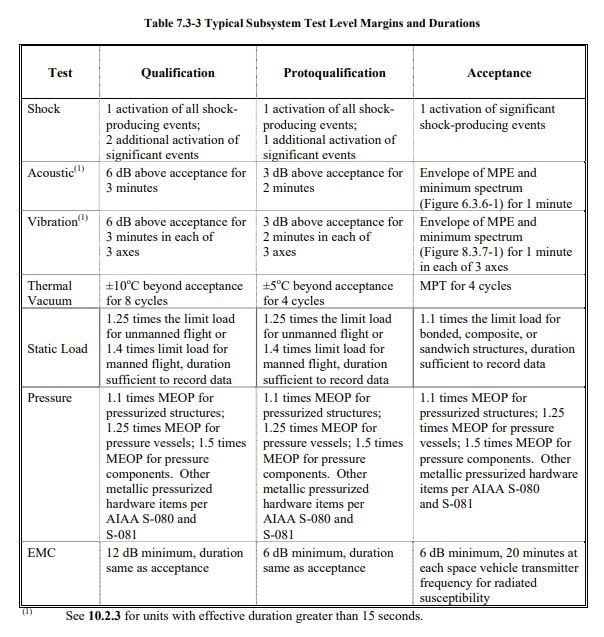sarclee
Mechanical
- Jan 14, 2022
- 105
Hi, just to check the Grms for electronic equipment. Why is it smaller component (30gram) can take up to 15Grms,heavier component (400 gram) can only take 8Grms?
Follow along with the video below to see how to install our site as a web app on your home screen.
Note: This feature may not be available in some browsers.


I just concern if the normal optical payload can take up to such high vibration energy. I am still searching similar optical payload specification.


